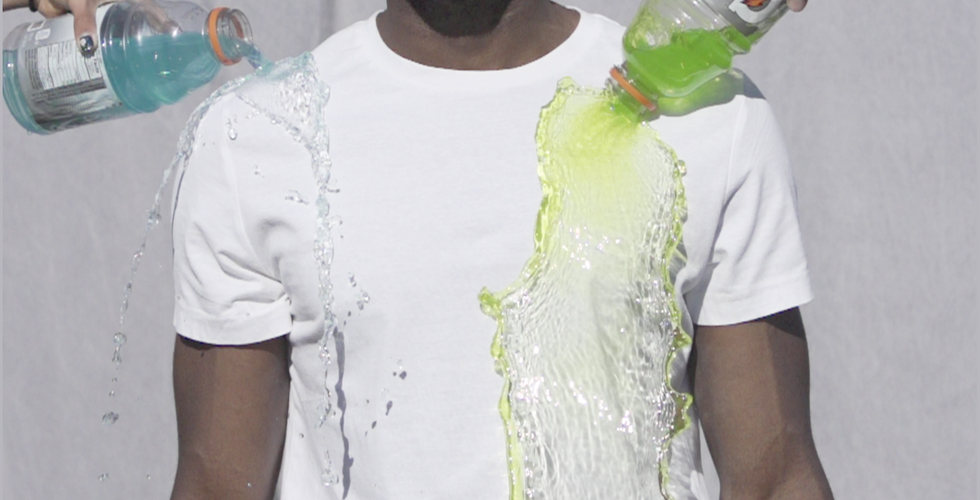Cleaning Products and Nanotechnology
- Susana Hernandez
- Aug 4, 2016
- 2 min read
How can nanotechnology make cleaning products better?
Nanotechnology companies are finding ways to make the world a cleaner place by exploring three methods for improving cleaning products. These methods are:
Producing films that can be applied to surfaces such as countertops or windows that make it much easier to keep those surfaces clean.
Using nanoparticles in soap that make it work better while producing less environmentally harmful byproducts.
Using materials in the cleaning process that are antibacterial, such as silver nanoparticles. Note that there is interest in regulating the use of silver nanoparticles because of concern that they may harm useful bacteria in groundwater, such as lakes, when released (see Nanotechnology news story below).

Cleaning Products: Nanotechnology Applications
Titanium oxide nanoparticles as part of a film that uses the energy in light to kill bacteria on surfaces. Titanium oxide nanoparticles are called photocatalysts because of their ability to use energy in light to start the chemical reaction that kills the bacteria.
Customizing the properties of particles a few nanometers in diameter to make a better so

During the last twenty years, scientists have been looking towards nanotechnology for the answer to problems in medicine, computer science, ecology and even sports. In particular, new and better techniques for pollution control are emerging as nanoparticles push the limits and capabilities of technology.

Artist’s rendering of methane molecules flowing through a carbon nanotube.
Nanoparticles, defined as particles 1-100 nanometers in length (one nanometer being the equivalent of one billionth of a meter) hold enormous potential for the future of science. Their small size opens up possibilities for targeting very specific points, such as diseased cells in a body without affecting healthy cells. In addition, elemental properties can change rather dramatically at the nanometer range: some become better at conducting heat or reflecting light, some change color, some get stronger, and some change or develop magnetic properties (1). Certain plastics at the nanometer range have the strength of steel. Tennis racquet manufactures already utilize nano-silicon dioxide crystals to improve equipment performance. The super-strength and other special properties emerge because microscale flaws between molecules are absent at the nanoscale (1). Nanoparticles without these flaws allow materials to reach the maximum strength of their chemical bonds.
These special properties and the large surface area of nano-particles prove valuable for engineering effective energy management and pollution control techniques. For example, if super-strength plastics could replace metal in cars, trucks, planes, and other heavy machinery, there would be enormous energy savings and consequent reduction in pollution. Batteries are also being improved using nanoscale materials that allow them to deliver more power faster. Nano-materials that absorb enough light for conversion into electrical energy have also been used to recharge batteries. Other environmentally-friendly technologies include energy efficient non-thermal white LED’s, and SolarStucco, a self-cleaning coating that decomposes organic pollutants using photocatalysts.












































Comments